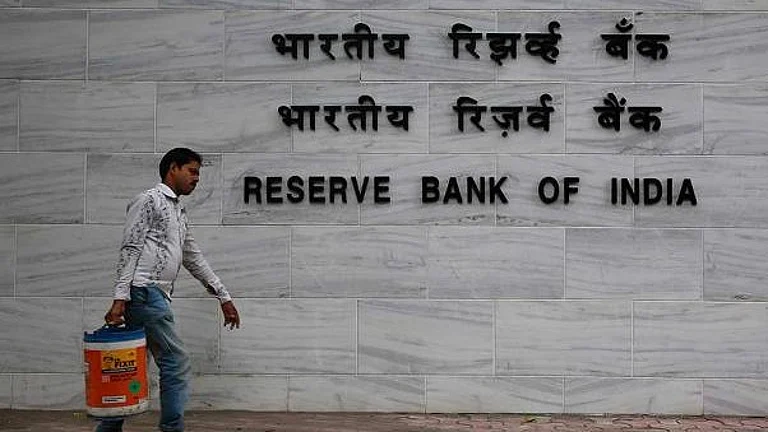With data showing a steep decline in price rise in June, Reserve Bank Governor Sanjay Malhotra on Friday said that the outlook on inflation and growth will determine future rate cuts, making it clear that the current data will not influence the trajectory.
Speaking at the FE Modern BFSI Summit here, Malhotra also stated that the RBI's rate cuts will not lead to asset bubbles and added that the central bank has more ammunition in its arsenal beyond rate cuts to help the economy.
It can be noted that the RBI has cut its key rates by 1 percentage point this year, and official data pointing to headline inflation cooling to 2.1% against the 4% target has led to expectations of further easing.
"Rate cuts will depend on the outlook for both growth and inflation rather than the current numbers," Malhotra said.
"We have to remember that monetary policy works with a lag and hence outlook on the outcomes on key data like inflation for up to 12 months is kept in mind while taking the rate calls." He reminded that as per the current projections, CPI is expected to rise to 4.4% in Q4, but admitted that the current outcomes suggest there will be a downward revision to the number.
Data available till June suggest that banks' lending rates have declined by around 0.50% this year, the same as the RBI's rate cuts till then, signalling a complete transmission of the RBI's decision.
The rate cuts are aimed at upping the credit growth, Malhotra said, exuding confidence that they will not lead to the creation of asset bubbles.
He said the 12.1% credit growth for FY25 is better than the decadal average of over 10%, but admitted that the number is trailing at around 9% levels in FY26.
Malhotra assured the industry that the RBI will provide "the right macroeconomic conditions for growth" through its policies, liquidity stance and regulatory moves.
The shift in stance to "neutral" from "accommodative" suggests that the bar for delivering a rate cut is much higher now, Malhotra said.
When asked if the RBI has expended its tools to support growth very soon with the deep rate cuts, Malhotra said there is more ammunition in the RBI armoury and added that there are more tools available with the central bank, but declined to specify any.
Despite the cut in cash reserve ratio (CRR) to 3%, the RBI will have sufficient funds to tackle any eventuality, he said, pointing out that even during the COVID crisis, it utilised only 1%.
CRR cut is not just a liquidity move, but an attempt to reduce the cost of intermediation, which will help lower the borrowing costs as well, the governor said.
The RBI has undertaken moves to make its regulations simple and clear through an attempt to fit all the regulations in 33 master regulations, he added.
At present, there are over 8,000 regulations of which only about 3,000 are in use, and the rest have become obsolete, Malhotra noted.
The RBI is also setting up a regulatory review cell to revisit a regulation after every 5-7 years and keep it contemporary, he added.
The costs and benefits of a regulation are very important for the RBI, Malhotra said, adding that a set of protocols has been finalised to introduce every regulation only after consultation.
Bank officials are doing a weekly visit to each of the over 2.7 lakh panchayats in the country to deepen financial inclusion, understand their concerns and also do re-KYC for the accounts.
Meanwhile, the governor reiterated the RBI's concerns about allowing industrial houses to promote banks, saying any entity undertaking a real economy, along with financial sector activity, exposes the system to potential conflicts of interest.
It is only the voting rights which are capped at 26 per cent as per the Banking Regulation Act, and even foreign banks can have up to 100% shareholding in a domestic bank, he said.
At present, the government is subsidising the payments infrastructure given its huge benefits, and in the future, there will be a need to have payments either by the state or users to ensure that the system keeps on, the governor said.
Amid the Indusind Bank troubles, Malhotra said that while a bank board has to be vigilant on all the goings-on, it cannot be held responsible for every misdemeanour at a lender.































